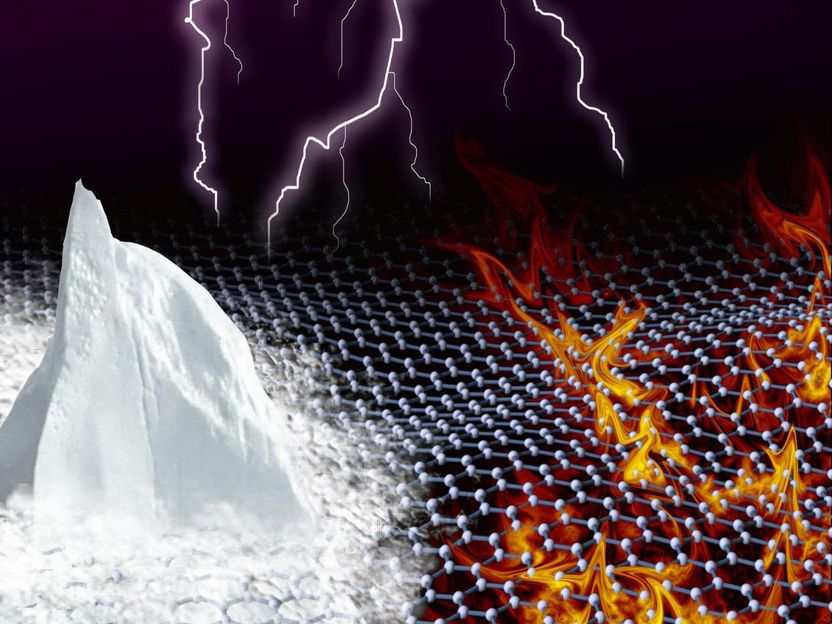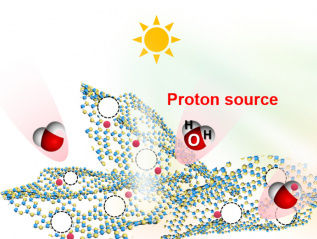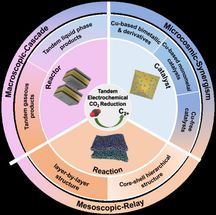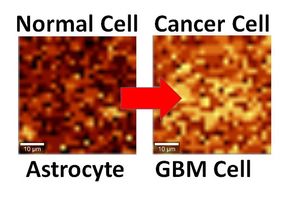Novel approach to enhance performance of graphitic carbon nitride
In a report published in NANO, scientists from the Jiangxi University of Science and Technology, Guangdong University of Petrochemical technology, Gannan Medical University and Nanchang Hangkong University in China underline the importance of defect engineering to promote catalytic performance by providing a simple and efficient way for modifying and optimizing metal-free semiconductor photocatalyst graphitic carbon nitride (g-C3N4) to solve the dual problems of environmental pollution and lack of fossil resources.
With the rapid growth of industrialization and population, environmental pollution and shortage of fossil resources have become two major challenges for sustainable social development in the 21st century. Hence, the development of green treatment technology is an imperative.
Semiconductor photocatalysis technology has become one of the most promising strategies due to its green, nontoxic and high efficiency by using solar energy. Recently, graphitic carbon nitride (g-C3N4), as a new semiconductor photocatalyst of nonmetallic polymer, has attracted wide attention in photo-catalytic field due to its better stability and optical properties. The photocatalytic activity of bare g-C3N4 is unsatisfactory due to its smaller surface area and rapid recombination of photogenerated carriers under visible light irradiation.
In this work, urea was used as the activated support for the nitrogen vacancies on the basis of bare g-C3N4 by the calcination of melamine. This led to great improvement of photocatalytic performance for the degradation of organic dyes in water, such as rhodamine (RhB), acid orange II, methyl orange (MO) and methyl blue (MB) under visible light irradiation (λ > 420nm). Thus, electrocatalytic performance for hydrogen evolution was achieved due to broader light response, efficient generation and migration of electron/hole charge carriers.
It is hoped that this research will provide an idea about the innovative design, synthesis and fabrication of modifying g-C3N4 and other N-based photocatalysts. There is potential for applying this catalyst to the treatment of environmental pollutants and the preparation of new energy.
Original publication
Other news from the department science

Get the chemical industry in your inbox
By submitting this form you agree that LUMITOS AG will send you the newsletter(s) selected above by email. Your data will not be passed on to third parties. Your data will be stored and processed in accordance with our data protection regulations. LUMITOS may contact you by email for the purpose of advertising or market and opinion surveys. You can revoke your consent at any time without giving reasons to LUMITOS AG, Ernst-Augustin-Str. 2, 12489 Berlin, Germany or by e-mail at revoke@lumitos.com with effect for the future. In addition, each email contains a link to unsubscribe from the corresponding newsletter.
Most read news
More news from our other portals
Last viewed contents
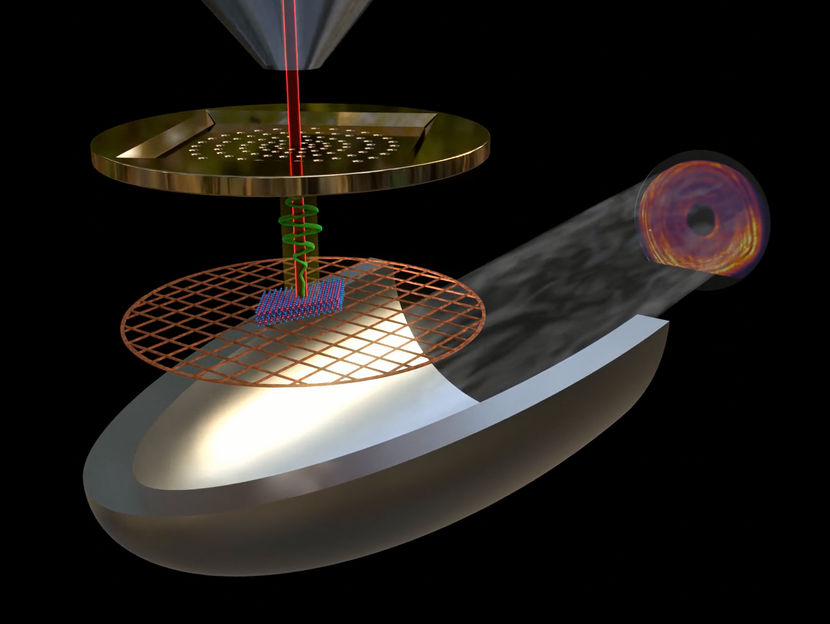
New analysis method developed for nano and quantum materials - Using electron microscopy to create ultrafast movies of nano-processes
A molecular switch for on-demand cargo release

New compound that withstands extreme heat and electricity could lead to next-generation energy storage devices - Flexible polymers made with a new generation of the Nobel-winning “click chemistry” reaction find use in capacitors and other applications

A catalyst for sustainable methanol
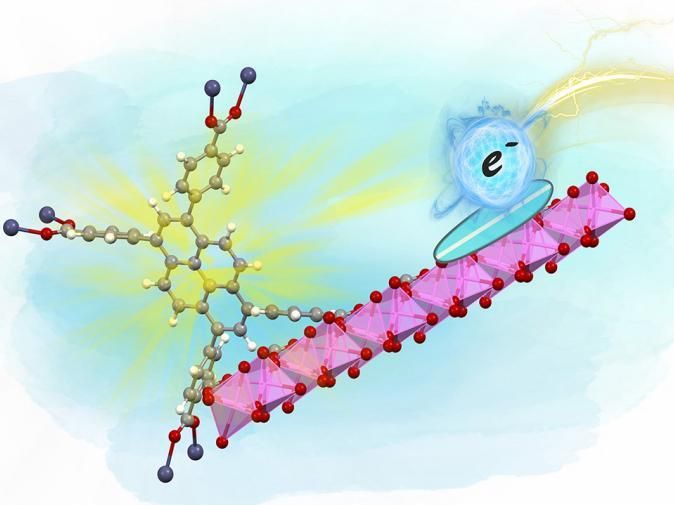
Catalyzing a green future - Highly modular metal-organic framework-based materials show great potential for photocatalytic hydrogen production

Battery recycling: cooperation between Nigeria and Germany launched - Lead-acid battery recycling – risks and opportunities for the circular economy
Dow Corning Achieves Quality Milestones In Silicon Carbide Semiconductor Manufacturing - Improvements move silicon carbide device technology closer to high volume manufacturing
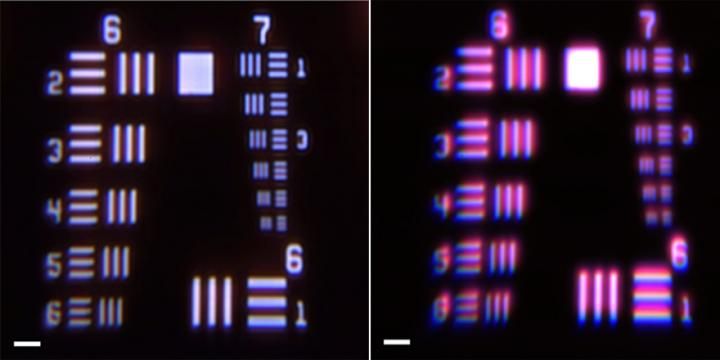
Meta-surface corrects for chromatic aberrations across all kinds of lenses - Single-layer surface of nanostructures can be incorporated into commercial optical systems
Ethylene Market in Transition: Ceresana Analyzes World Market for the Most Important Basic Chemical

Merck to lead OLED research - Launches joint project to conduct basic research on quantum materials as light sources

Holcim, thyssenkrupp Uhde and TU Berlin test innovative process for carbon capture - High-purity CO2 as feedstock
